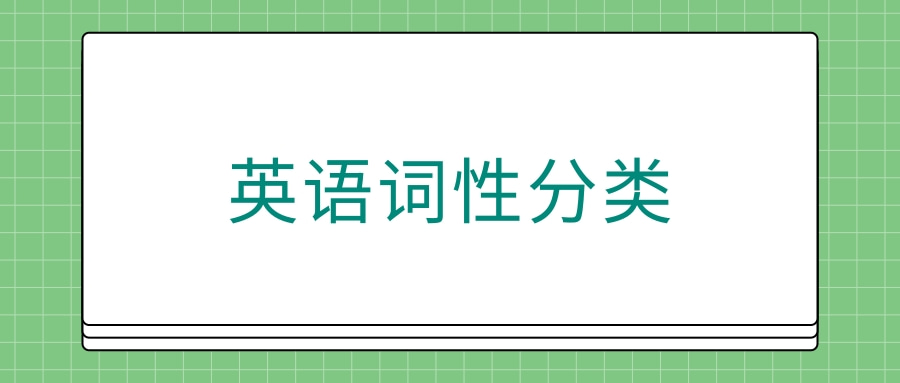英语词性分类

英语词性分类:词性指指以词的特点作为划分词类的根据。这些包括名词(Noun),动词(Verb),代词(Pronoun),形容词(Adjective),介词 (Prepositions)等。
词性的分类和缩写
1.名词,Noun (n.)表示人或事物的名称:desk, pencil, tomato, apple
可数名词,Countable Noun (c./cn.):tree, bottle, bag
单数,Singular(sing.):a car, an apple, the man
复数,Plural(pl.):books, shoes, pens
不可数名词,Uncountable Noun(u./un.):milk, water, ocean
2.代词,Pronoun (pron.)代替名词或代替相当于名词的词、短语或句子:you, this, them ,myself
3.形容词,Adjective (a./adj.)用来修饰名词,表示人或事物的特征:lucky, excellent, wonderful, humorous
4.数词,Numeral (num.)表示数目或顺序:one, two, first
5.动词,Verb (v.)表示动作或状态:eat, go, travel
及物动词,Transitive Verb (vt.)后面可直接接宾语
不及物动词,Intransitive Verb (vi.)后面不可直接接宾语
6.副词,Adverbs(ad./adv.)修饰动、形、副等词,表示动作特征:there, widely, suddenly
7.冠词,Articles (art.)用在名词前,帮助说明名词所指的范围:a, an, the
8.介词,Prepositions (prep.)用在名词或代词前,说明它与别的词的关系:in, on, at, of
9.连词,Conjunctions (conj.)是用来连接词与词、短语与短语、句与句的一种虚词:and,or
10.感叹词,Interjections (int.)代替名词、数词、形容词等 :oh, ah, wow
<上一篇 小学英语课程与教学的目的是什么
下一篇> 初中英语中哪些单词后接动词要加ing形式






评论